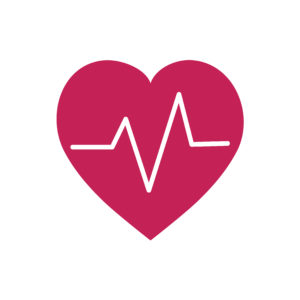Special Rules for the Blind
Posted February 22, 2019 by Premier Disability Services, LLC®If you are partially, legally, or totally blind, you may be able to qualify for Social Security disability benefits. The Social Security Administration (SSA) details how significant your vision loss must be for it to qualify as a disability. Your vision loss must be quite significant, and if you have good vision in one eye, you may not qualify for disability benefits.
To meet Social Security’s listing for loss of visual acuity (Listing 2.02), the vision in your better eye, with correction, must be 20/200 or worse. This is called legal blindness, or statutory blindness, even though it’s only partial blindness. Total blindness (the absence of light perception in both eyes) qualifies automatically for disability benefits. If you have one eye with vision worse then 20/200 and one eye with better vision than 20/200, you won’t qualify under this listing.
If you have poor peripheral vision in addition to poor visual acuity, you might be able to qualify under the SSA’s listing for loss of visual efficiency (Listing 2.04). Your percentage of visual efficiency combines your central visual acuity and peripheral vision capabilities.
If you don’t qualify for disability benefits under Social Security’s requirements for poor visual acuity, decrease in visual fields (peripheral vision), or a combination of the two, as the next part of the disability determination process, the SSA is required to consider the effect of your vision loss (and any other symptoms) on your capacity to perform daily activities and your regular work. If you can’t do your regular job, the SSA will determine whether there is any other kind of work you can be expected to do considering your prior job experience, your age, and your education.
The SSA has several rules that apply to legally or totally blind applicants but don’t apply to nonblind disabled applicants. For instance:
- In some states, legally blind applicants receive a higher state supplement to their Supplemental Security Income (SSI) payment than nonblind disabled people.
- Social Security Disability Insurance (SSDI) claimants who are legally blind can work and receive up to $2,040 per month (in 2019) and still receive disability benefits without the work being considered substantial gainful activity (SGA) by the SSA (this is higher than the limit of $1,220 per month that applies to nonblind disabled workers). Also, the SGA limit of $2,040 doesn’t apply to SSI claimants (they do have an SSI income limit, however, like all SSI claimants).
- The SSA grants immediate SSI benefits to those with severe disabilities who are likely to be found eligible for benefits. If you suffer from total blindness (that is, no light perception in both eyes), you may qualify for six months of “presumptive blindness” benefits while you are waiting for your decision.
- If your income declined as your vision deteriorated, you can exclude the more recent quarters of earnings from your Social Security record. In essence, your earnings record will be “frozen” before your disability began, which is why this is called a “disability freeze.”
If you or someone you know is unable to work due to a medical condition, please contact us for a free evaluation of your claim!
By: Joyce Trudeau of Premier Disability Services, LLC®
 Heart disease
Heart disease










